Words Matter: How to Use Empowering Language as a Yoga Teacher
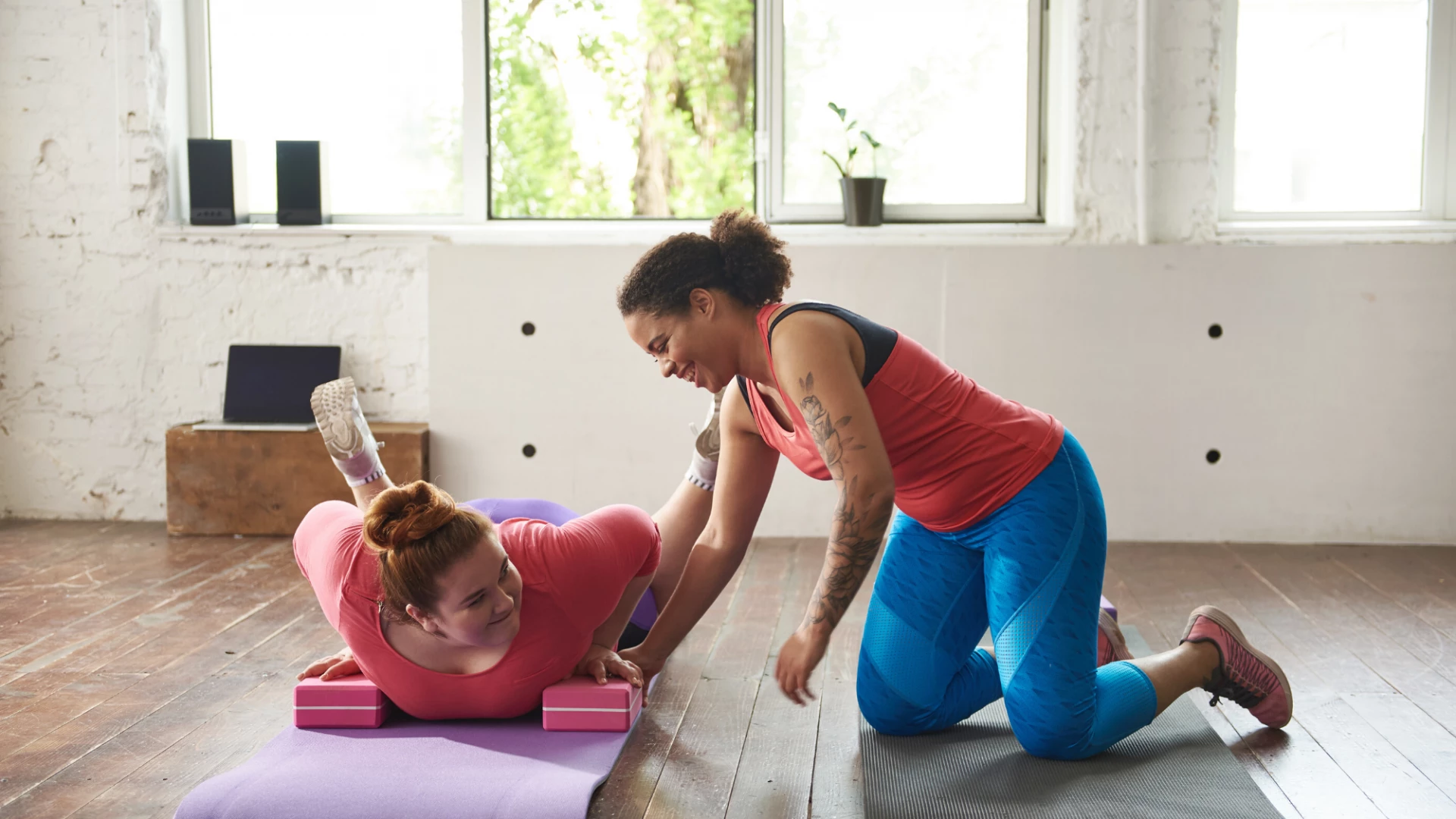
Article At A Glance
Interested in turning your yoga classes into a safe, inclusive space? Explore 7 essential tips for empowering language that fosters growth, presence, and confidence in your yoga classes. By mastering this style of cueing, you can harness the true potential of your role as a teacher and guide your students on their personal journey to self-growth.
We’ve all taken yoga classes from teachers who use empowering language, and that makes us feel great. These are the kind of teachers that draw students out of the woodwork and continue to keep them coming back for more and more.
But contrarily, we’ve all taken yoga classes from teachers who have disempowered us as well. We’ve all stepped away from practice, not feeling like our best. We’ve felt judged or inadequate.
So, how is it possible that teachers can teach the same practice and elicit such different responses from their students? Whether we deserve it or not, we hold a place of power as teachers. And to step into that role with grace, we need to become mindful of everything we do. Most notably, we need to be mindful of our language when we teach.
The teaching language we choose can be one of the most influential aspects of the classroom setting that we create. So, we need to be extra careful when establishing the vocabulary of our safe studio space. Our language has the power to build our students up or to tear them down. And we may be unintentionally doing the latter if we aren’t aware of our word choices.
How to Use Empowering Language
Ideally, we want the words we use to empower our students to be bold and brave, to be accepting and gentle, and to be mindful and aware all at the same time. By choosing inclusive and adaptive vocabulary, we can invite everyone to benefit from the practice rather than only allowing the capable few to “shine.”
Language is powerful, so use it to the advantage of both yourself and your students. Here are 7 tips for how to weave empowering language into your cueing:
-
Empowering Language: Speak in the Positive
Choose empowering language by staying positive in your language and in your cues. Rather than saying what should not be happening in a pose, say what should be happening. For example, in Phalakasana (Plank Pose), instead of saying, “Don’t sag your hips to the floor,” turn this into a positive statement. Rather, say, “Lift your hips in line with your shoulders.”
By keeping your language positive, you can actually create positive energy in the room as a whole.
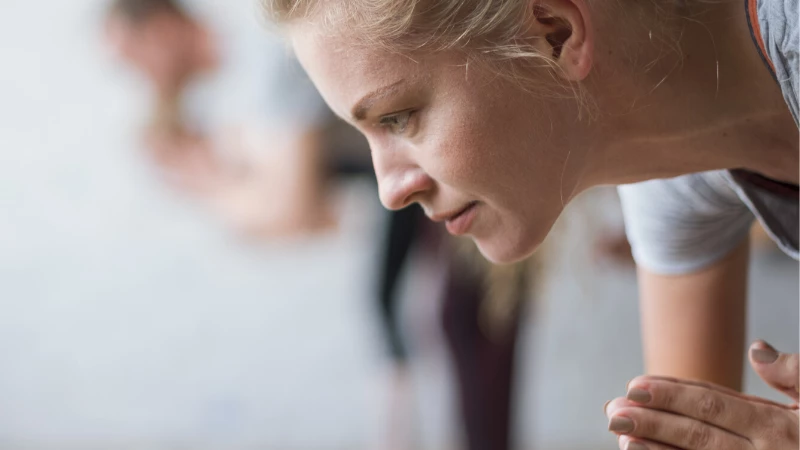
-
Stay Present
Yoga is a beautiful practice of presence and awareness. So, of course, we want to guide our students through the practice with that same sense of presence and mindfulness. This means keeping your cues in the present tense!
Yoga is about being present in this moment, here and now, so avoid talking about the future and what’s coming next. Stay away from phrases such as “You’re going to …” and, instead, suggest the next movement using the present tense and active verbs.
There is no need to “prepare” your students or tell them what is coming next with your language. Use your intelligent sequencing to do that. Stay fully present with your language. Keep your students focused on the present and cut out the filler language that draws your students away from this moment.
-
Empowering Language: Offer Many Options
There is nothing more disempowering than practicing in a class beyond your level. However, despite what the yoga schedule may say, all classes are all-levels. This is because everyone has different strengths and different weaknesses. Even if you’re teaching an “advanced”-level class, who defines what an advanced student is anyway?
Is the flexible but weak student who can easily practice splits advanced? Or is the super-strong but inflexible student who can easily arm balance advanced? Or is the keen meditation practitioner who doesn’t even practice physical asana advanced? Are none of them? Or are they all?
Whatever your definitions reveal, it doesn’t exactly matter. They all show up to the “advanced” practice, so now it’s your responsibility as the yoga teacher to make them all feel both welcome and challenged in your class. So how can you do that? Give options!
In every single pose, offer modifications and variations for students of varying strengths and weaknesses and students with varying conditions or injuries. Give everyone an equally challenging but comfortable place to work. And that place will likely be different for every student. But that is the very beauty of yoga: The practice is so adaptable.
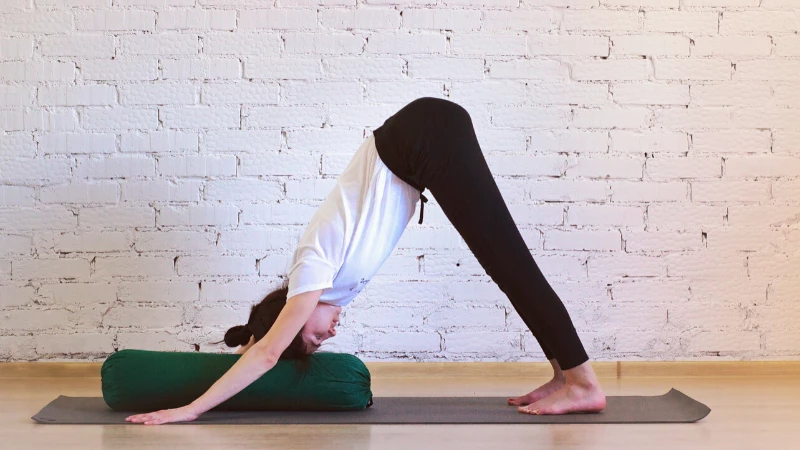
-
Build From the Bottom Up
Of course, when we offer many options, we have to choose our language carefully. When offering cues, build from the simplest to the most complex. Offer students many “stopping points” along the way. Make sure that they feel comfortable where they choose to stop. Make sure that your language encourages them to stay at an appropriate place for their current abilities.
Speak simply. Say things such as “Option 1 and Option 2” or “You have the option to stay as you are or …”
Do not say things like “If you can …” or “If you can’t …” or “If this is too hard …” This type of language is disempowering and negative. Instead, build from simple to more complex postures and allow your students to stay in any of the “simpler” variations as they see fit.
Use empowering language that allows students to feel as if they have reached a full expression wherever they may stop along the way. You never know the situation of any student on any given day. If you say something like, “If you have tight hamstrings, then you can bend your knees,” then you are generalizing. Maybe a student has extremely open hamstrings but just had surgery. Maybe a student woke up with lower back pain. Maybe a student hyperextends their knees, so they want to bend them to avoid this.
There is an infinite number of reasons other than tight hamstrings that someone may choose to bend their knees, so avoid saying bold, blanket statements like that. This is only one example, but it applies to all the cues of the physical practice. Do not assume you know why a student is doing something in particular. Our bodies are wildly intelligent, and they compensate in many different ways for many different things.
If you are offering a variation, offer it with confidence and eloquent language. Make the student feel good for choosing that variation rather than inadequate.
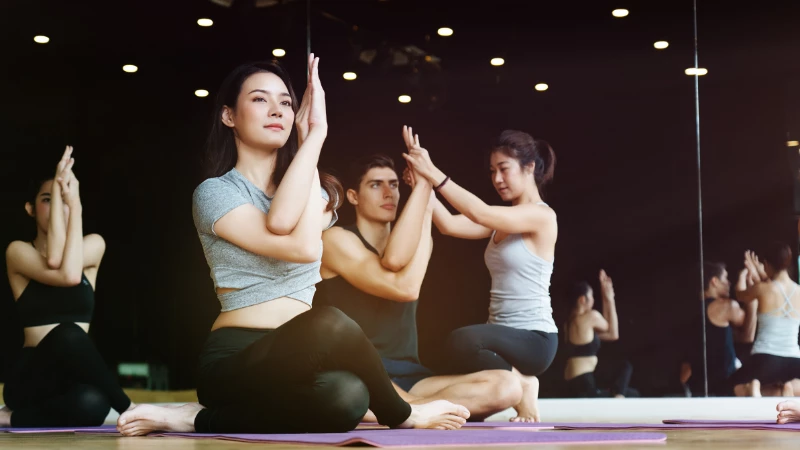
-
Empowering Language: Remove Yourself From the Practice
As much as you can, remove yourself from the discussion within the yoga classroom. Avoid using “I” and “me” in your teaching language. Of course, it is okay to bring in personal stories and anecdotes from time to time, but try to make your teaching more about your students and less about you. Yoga is a personal journey and a personal practice. You are the guide of your students—you don’t need to be involved much further than that.
Avoid language such as “I want you to …” and the like. Your wants have no place in your students’ practice. And beyond this, by using language such as this, we encourage our students to practice to impress us rather than to practice for themselves. As much as you can, when teaching, leave your ego at the door.
-
Empowering Language: Avoid Phrases Like “If You Need To …”
Immediately from the start, a student feels judged if you use this phrase. They might think, “Well, I don’t need to; I can push through.”
To avoid this feeling of judgment and then the possibility of injury, simply use softer language. Say phrases such as “If you’d like to, soften your knees” or “If it feels good today, bend your knees deeply.” This gives everyone the option to take the variation without feeling like they’re inadequately practicing the pose.
-
Don’t Tell Your Students What to Feel
As teachers, we hold very unique bodies. And so does each and every one of our students. No two bodies are built the same, and no two bodies will ever feel the same pose in the same way.
Avoid telling your students what and where they “should” feel things. Try to avoid using the word “should” altogether. (Remember that there is no “right” or “wrong” in yoga.)
You never know someone else’s body, so you don’t know where anyone might feel a specific pose. Don’t say things like, “You should feel a nice stretch in your hamstrings.” Your student might have really open hamstrings but really tight calves, and they’re feeling the stretch completely in their calves.
Just because you feel it somewhere doesn’t mean that your students will feel it in the same way; there is no such thing as where someone should feel any given pose. It will always be unique to each student’s own body. And you don’t want them to question whether they’re practicing the pose correctly or not by imposing the way your body reacts onto the way theirs does.
The Power of Language
Empowering language is truly a powerful tool. Although the adage disagrees, words can harm us, especially when spoken by someone that we admire and look up to. Especially when spoken by a teacher. And not just any teacher: a spiritual teacher.
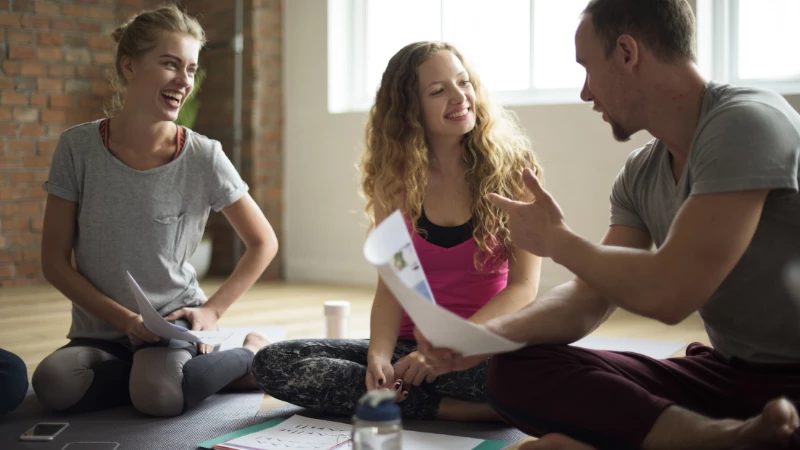
As yoga teachers, we hold this power. And we owe it to our students to respect that power with careful consideration of how we behave in our role as the teacher.
So, carefully consider the language you use so that your students will always feel empowered in your classes. Because, after all, isn’t empowerment why so many of us practice anyway?
 Leah Sugerman is a yoga teacher, writer, and passionate world traveler. An eternally grateful student, she has trained in countless schools and traditions of the practice. She teaches a fusion of the styles she has studied with a strong emphasis on breath, alignment, and anatomical integrity. Leah teaches workshops, retreats, and trainings both internationally and online. For more information, visit www.leahsugerman.com.
Leah Sugerman is a yoga teacher, writer, and passionate world traveler. An eternally grateful student, she has trained in countless schools and traditions of the practice. She teaches a fusion of the styles she has studied with a strong emphasis on breath, alignment, and anatomical integrity. Leah teaches workshops, retreats, and trainings both internationally and online. For more information, visit www.leahsugerman.com.




